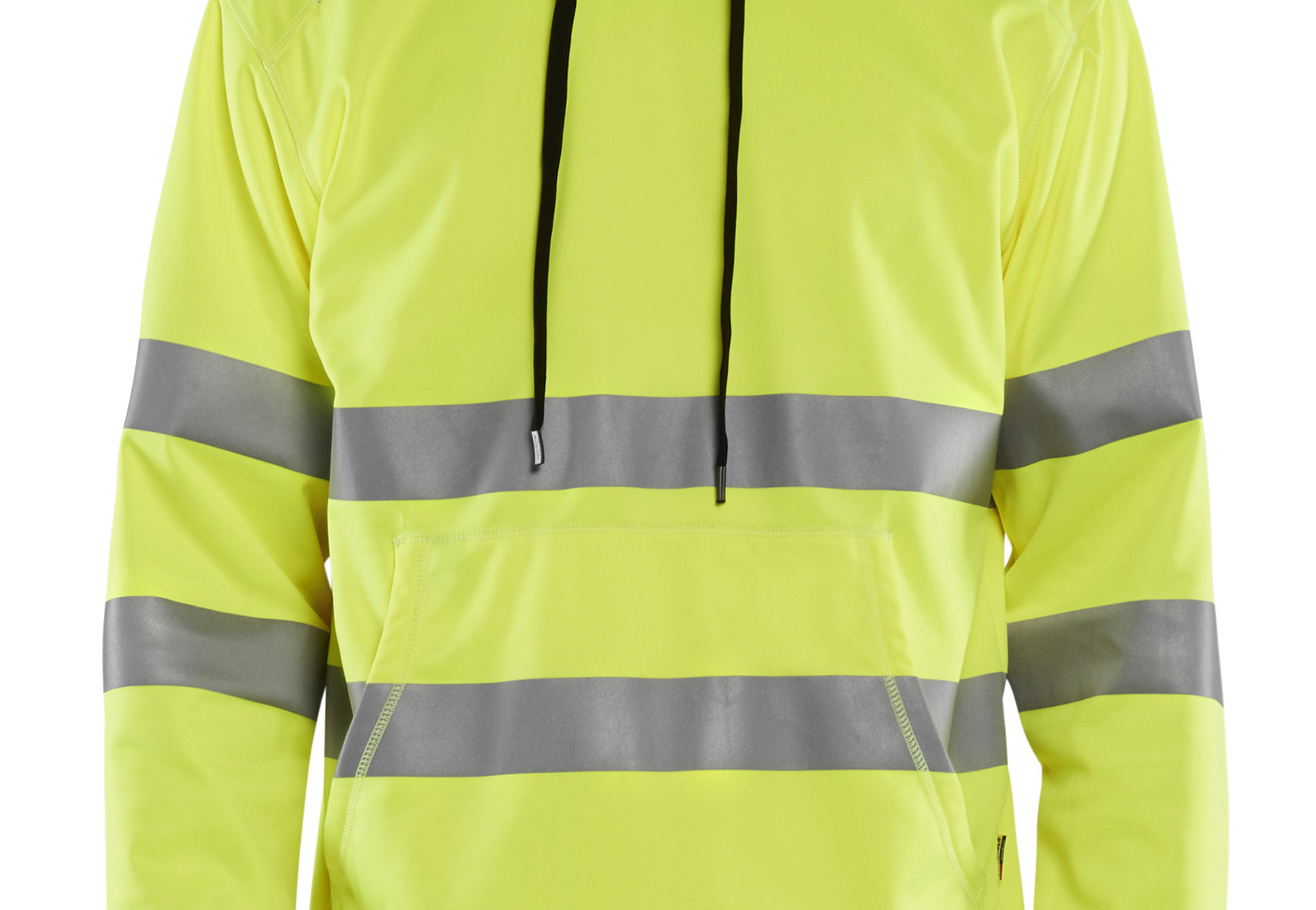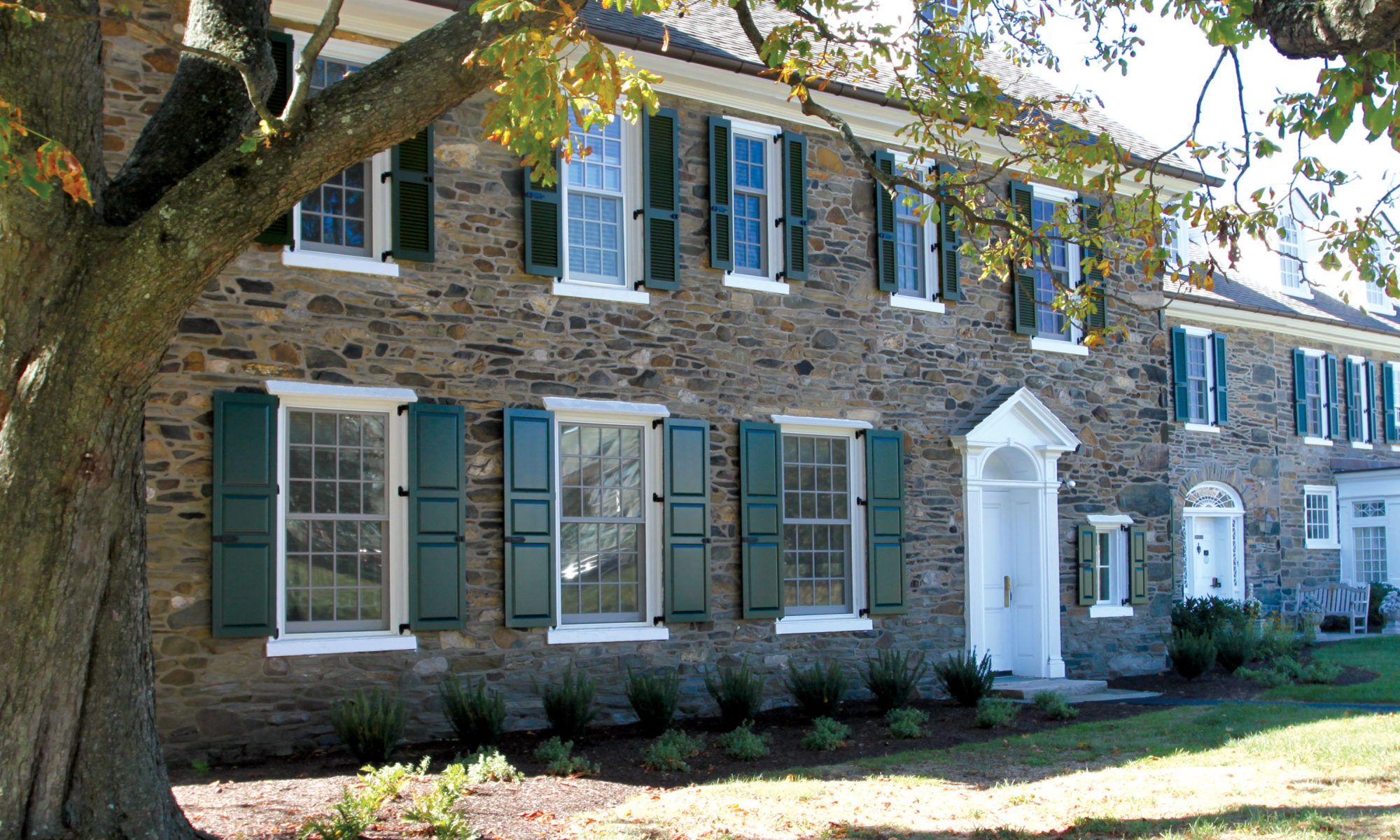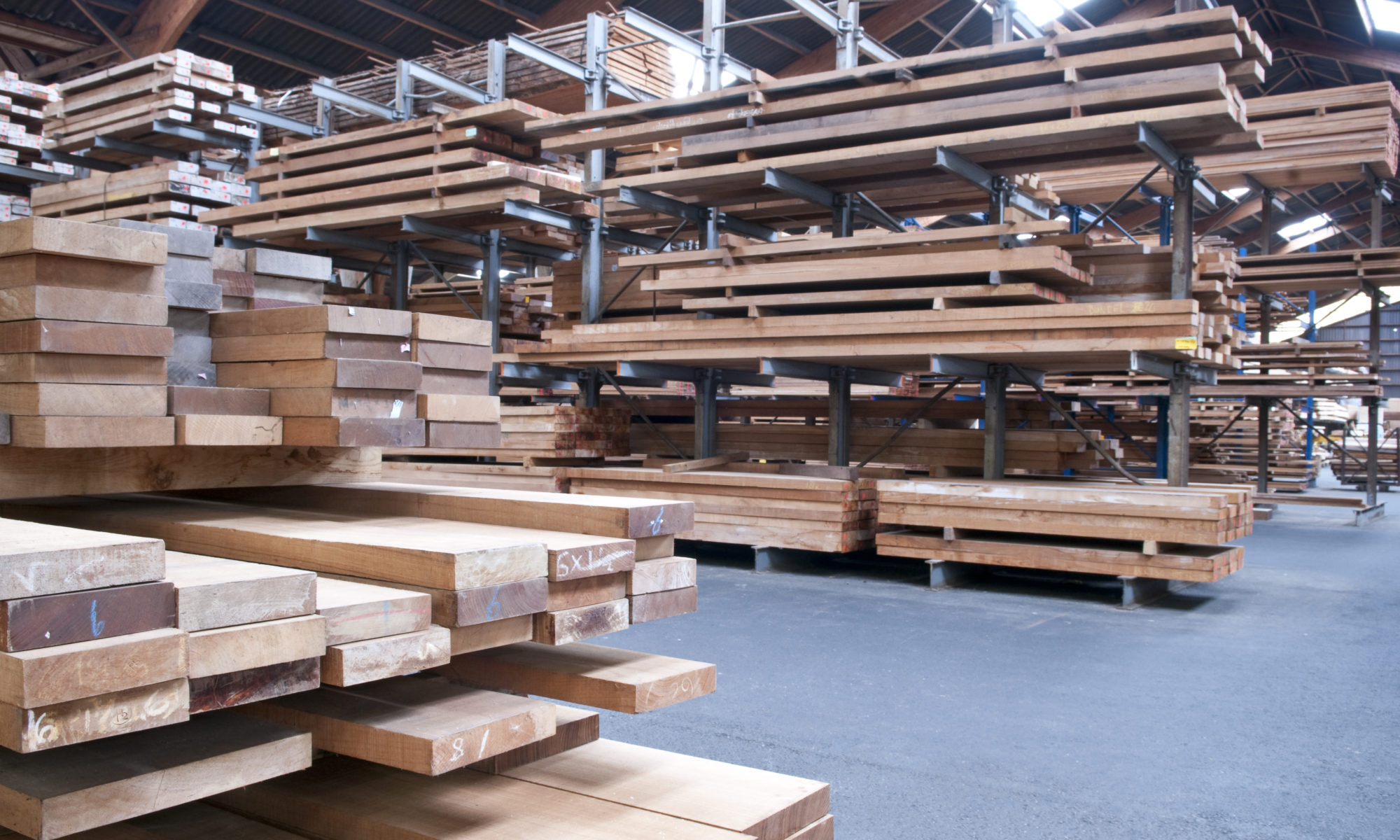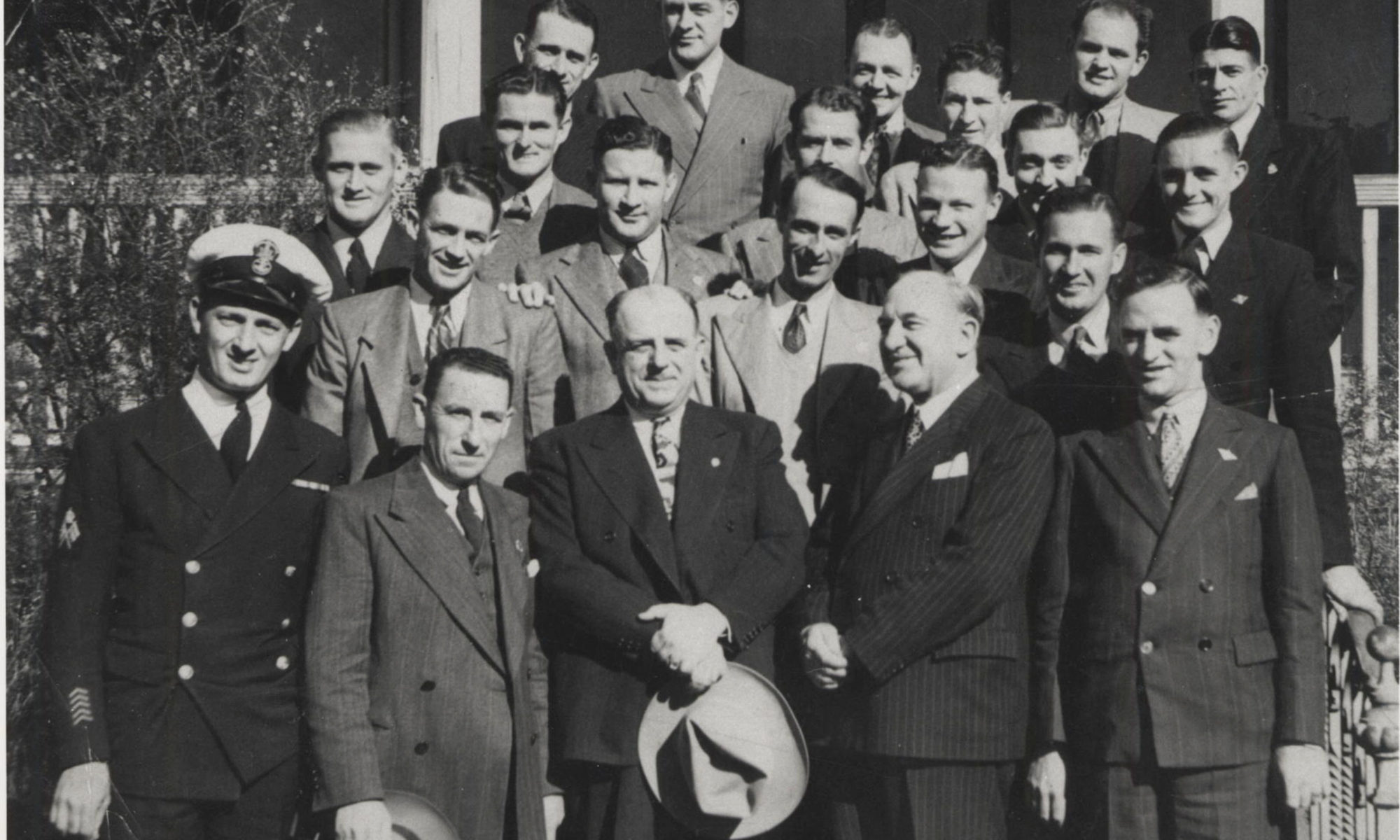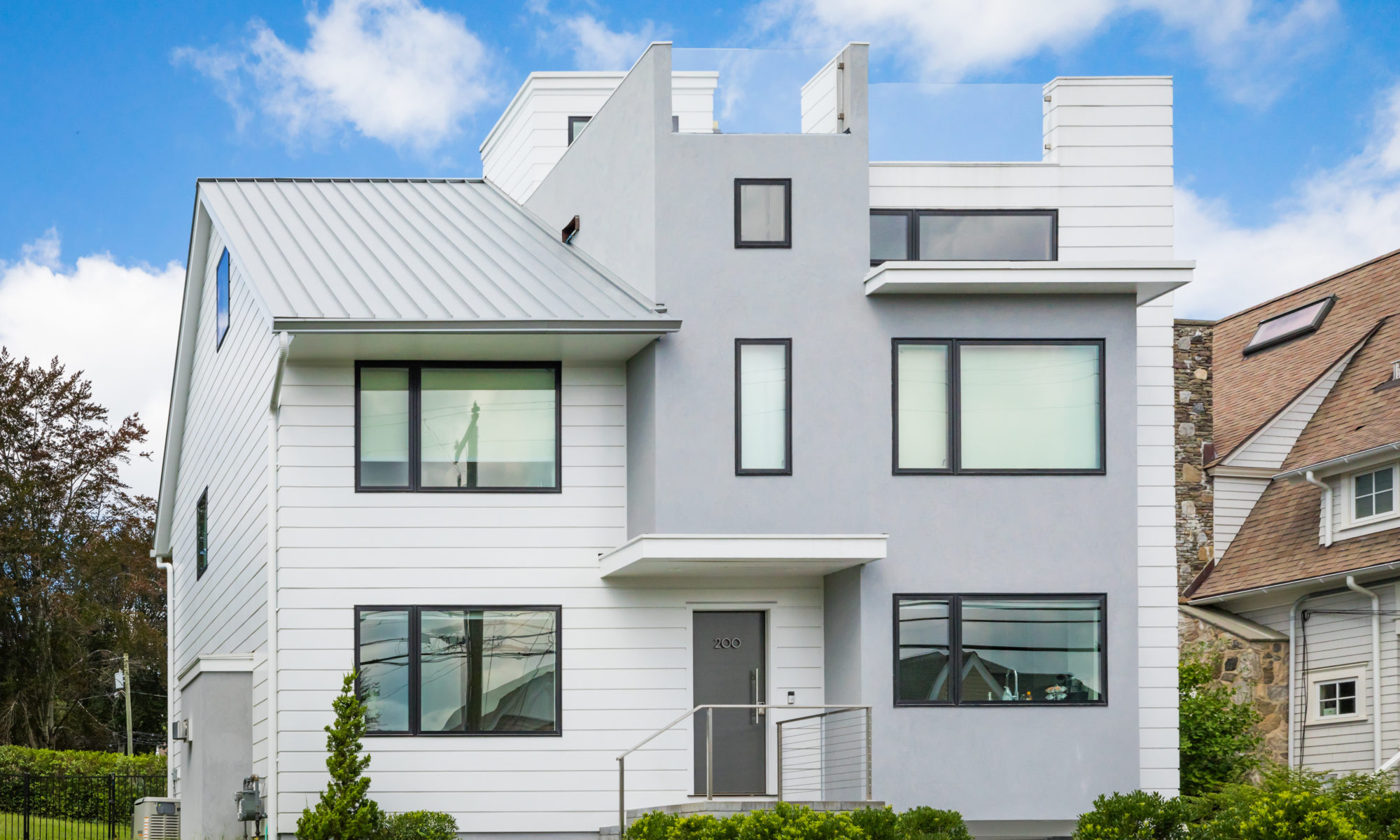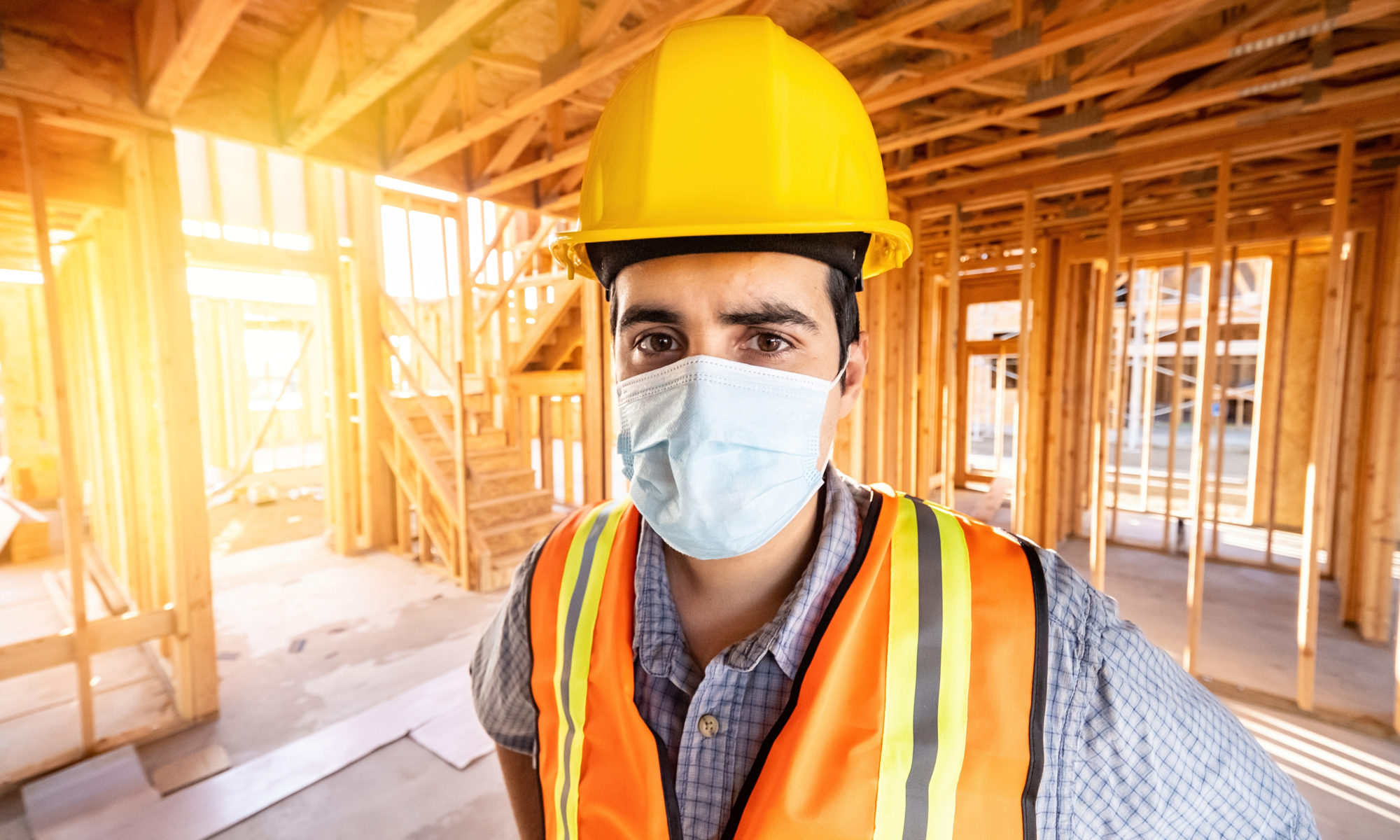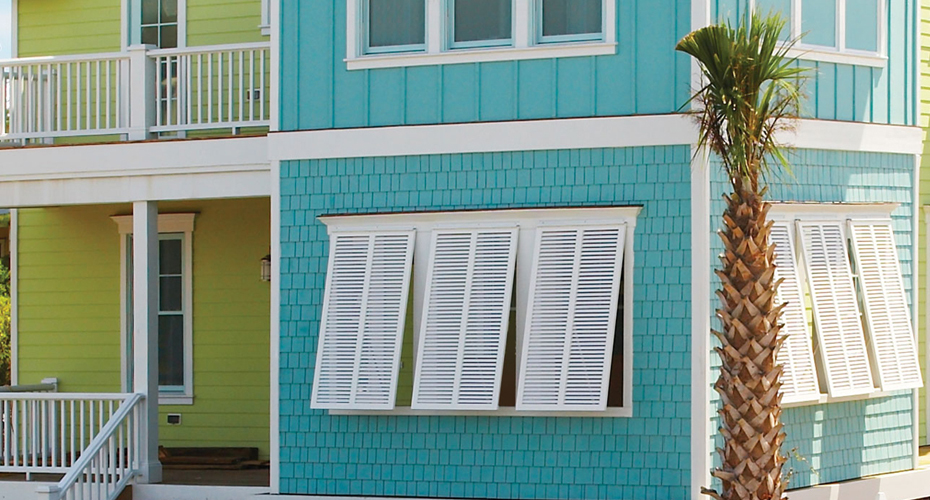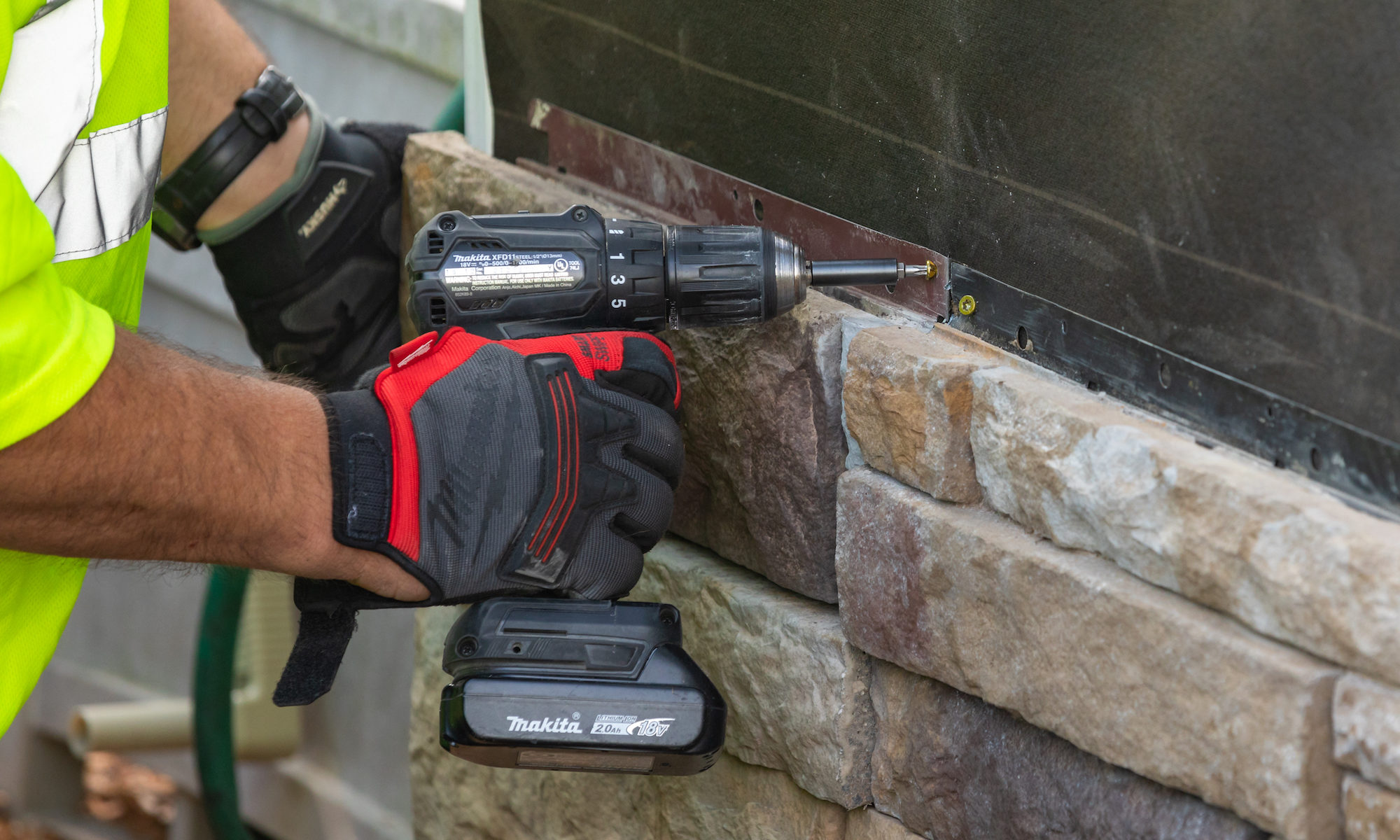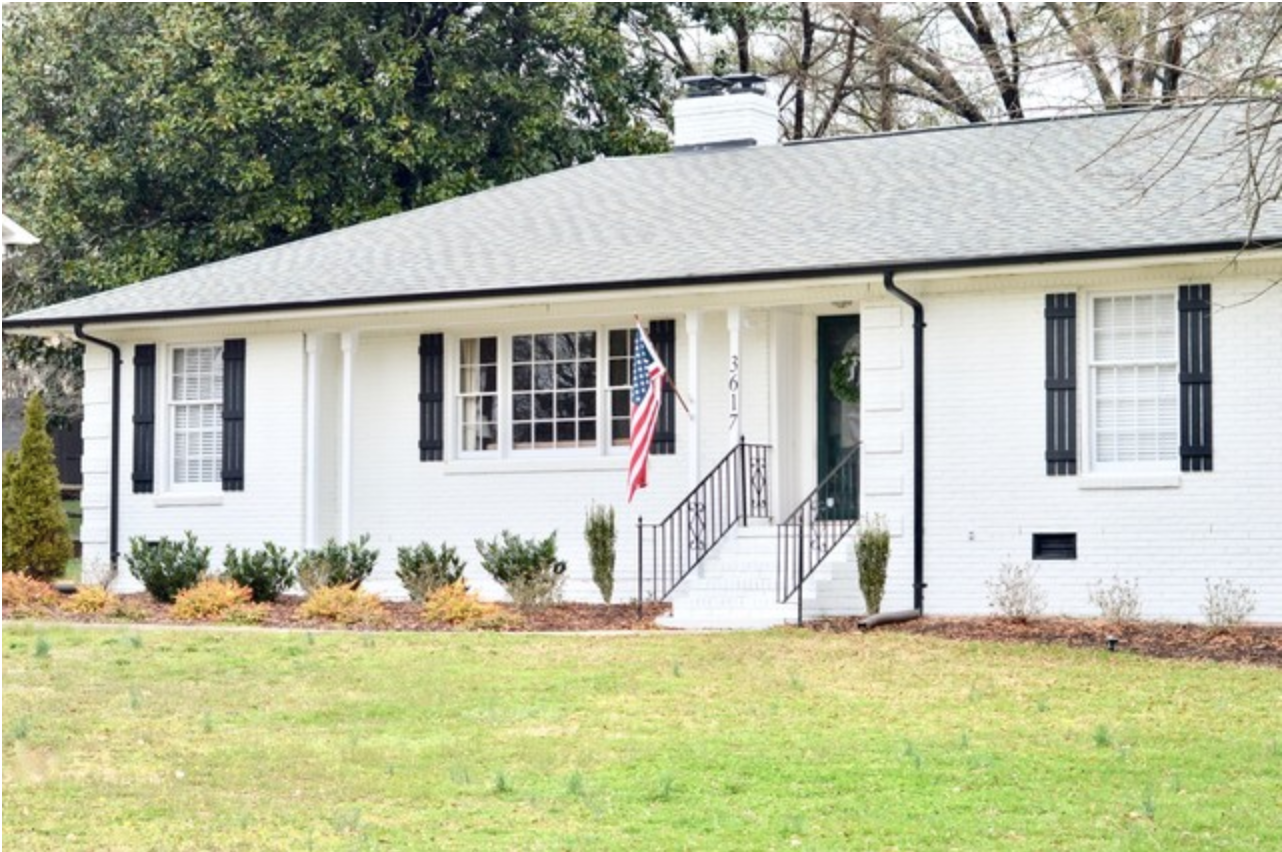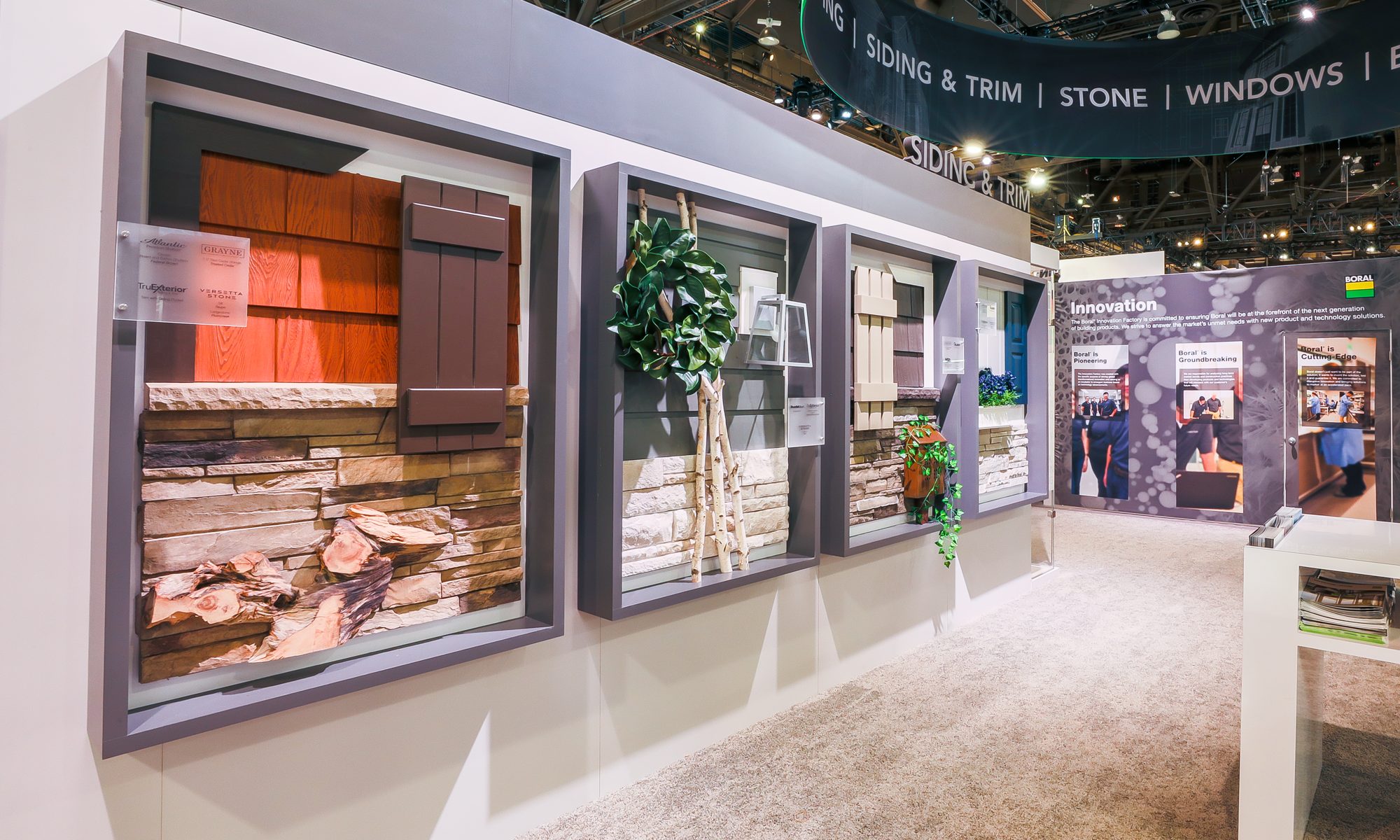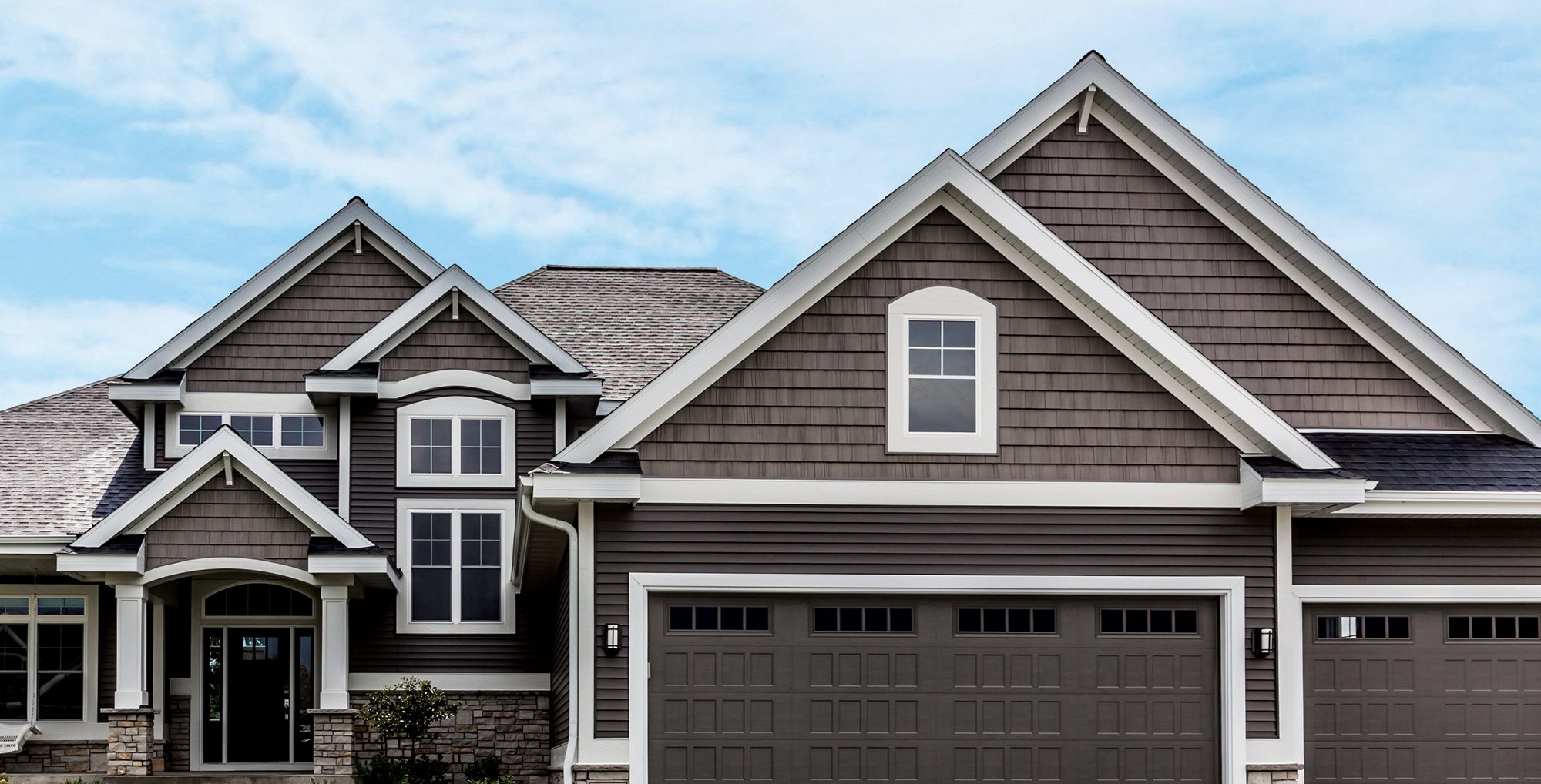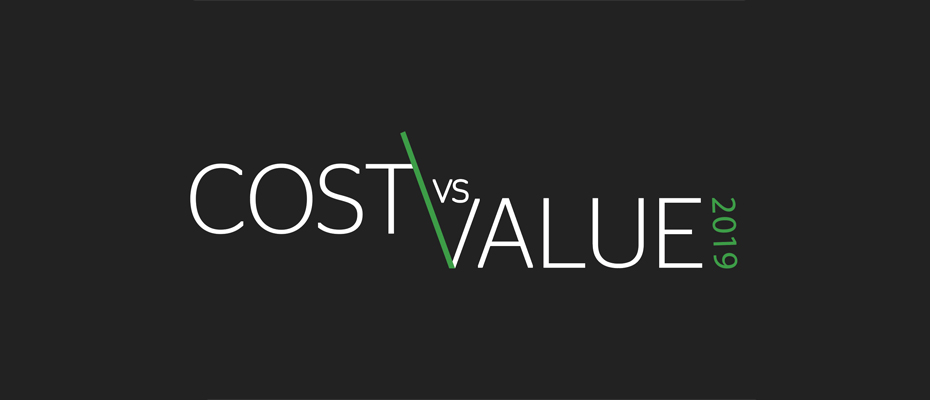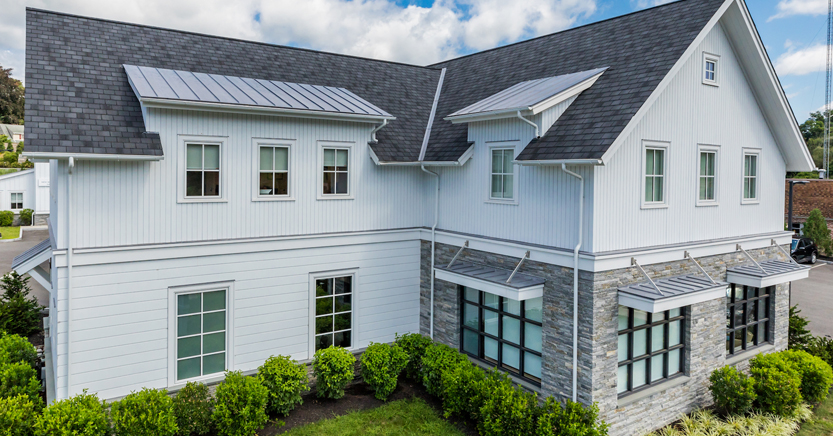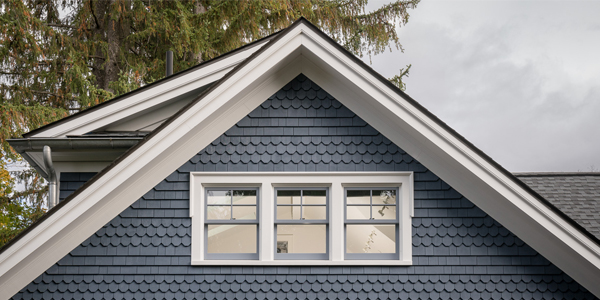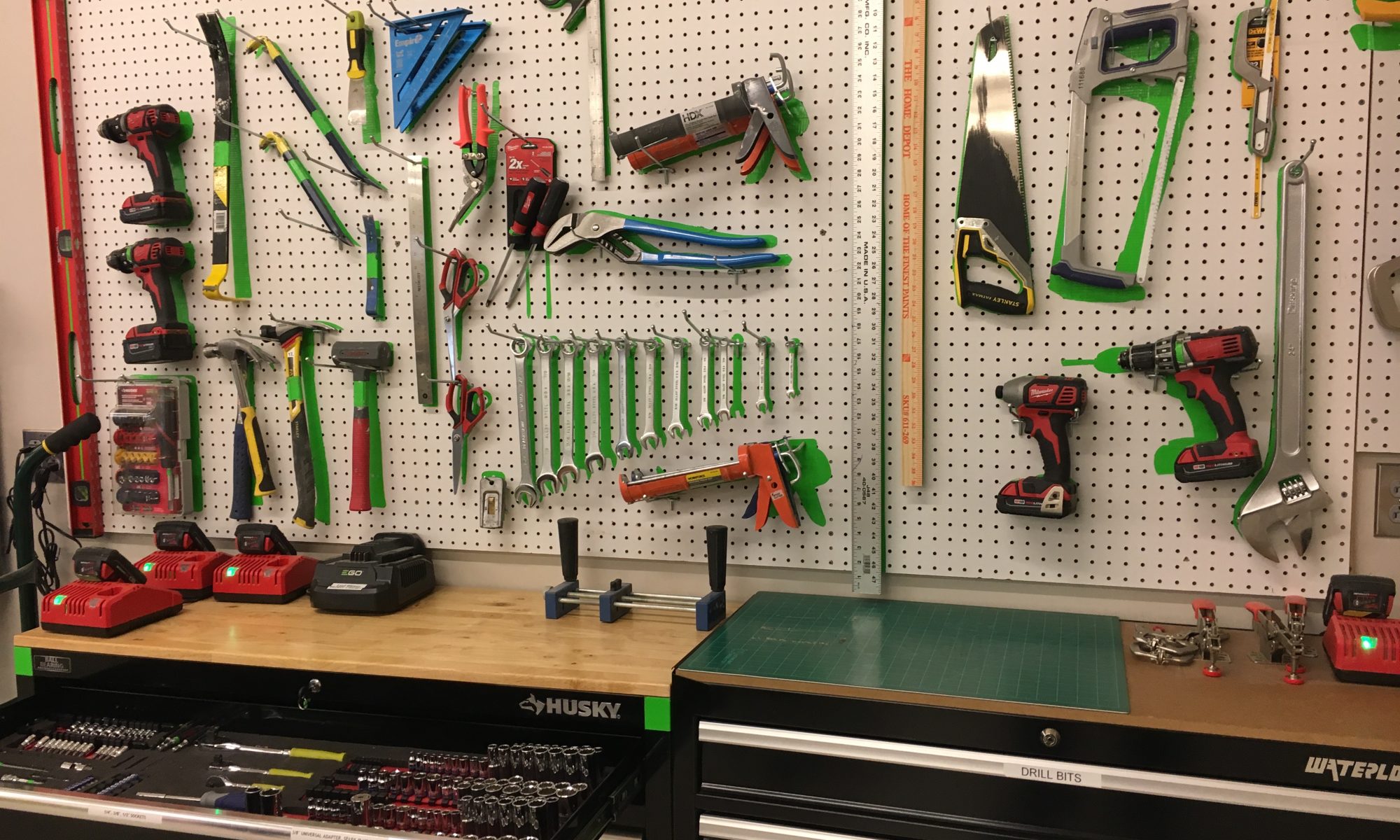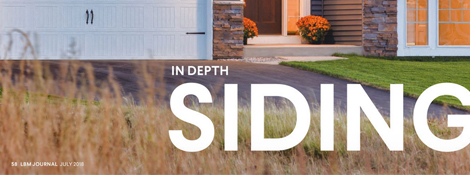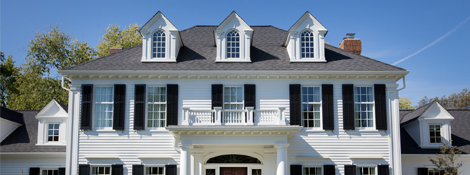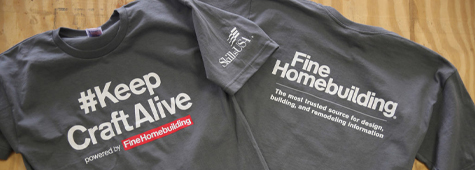As we embark on a new year, some familiar stories are influencing home and remodeling trends. Most notably, the pandemic, with homeowners continuing to fill their stay-at-home time with projects inside and out. Supply chain and labor challenges persist, but aren’t stopping building pros and DIYers alike from creating beautiful spaces to live and work.
Here’s a look at some of the biggest trends in home exteriors this year:
1. Remodeling Reigns
The combination of the pandemic and low new-home inventory continues to drive interest in remodeling projects, despite ongoing supply chain challenges. Everything is on the table, including exterior revitalization and interior overhauls. On the exterior, homeowners tired of looking at faded, dated facades are replacing siding with authentic-looking profiles and trendy-but-resale-friendly colors. Alternatively, they’re adding easy upgrades such as new shutters, gable vents, and mounting blocks for a quick-but-impactful refresh.
2. Outdoor Living Going Strong
Not surprisingly, the trend toward outdoor living spaces endures, as Americans seek to expand the livable footprint of their homes, crave places of respite, and desire more space to entertain. And they’re looking for the comforts they enjoy indoors to be available outside, from stylish seating areas to outdoor heaters to decked-out kitchens and TVs.
When planning the outdoor space, look for ways to create designated areas, whether via multi-level decks or by creating visual breaks with different color deck boards used as picture framing or dividers. Fire pits or fireplaces are a must-have and can be dressed up with less hassle and lower costs by using a panelized stone product.
3. Modern & Contemporary Looks
Modern styles or contemporary twists on traditional styles continue to come on strong, and are migrating from the coasts to some traditional markets in the Midwest. Think single-sloped roofs, clean lines, and less ornamentation. Part of these trending looks includes the move toward black window frames, black stone accents, and black or dark-colored trim, often paired with white siding. (TruExterior poly-ash trim is a great option for this trend, as it can be painted dark colors, even black, without worry.)
Even in areas like Charleston, S.C., where traditional styles are beloved (and often mandated), small contemporary touches are appearing, including dark trims, dark stone, and black gutters. But here, traditional siding colors of light blues and neutrals remain the norm.
Within this trend, mitered corners are growing in popularity, providing the crisp, sleek look that works well with contemporary designs or provides a nod to modern. TruExterior works well here, too, because there’s less worry about cracking and splitting, so the look stays clean over time.
4. Modern Farmhouses Are Still In
Despite some predictions, social media and community models are still dominated by interpretations of the modern farmhouse look. Along with white, vertical siding, we’re seeing wood accents that are helping to keep the styles warm and cozy.
5. Vertical Siding
Not surprisingly, the modern farmhouse craze has driven interest in vertical siding for other types of homes, as well, especially in accent gables. Board-and-batten is taking market share from shake in some traditional regions.
6. Low Maintenance
When it comes to product durability, the desire for low maintenance materials remains strong. Homeowners are willing to pay a little more for products that don’t require frequent upkeep that costs them time and money year after year. This includes turning to siding alternatives that look like wood but don’t require regular painting or staining.
7. Easy Installation
As labor shortages persist, and as stuck-at-home homeowners tackle DIY projects on their own, products that can be installed quickly and easily will continue to hold favor. For example, Versetta Stone panelized stone siding installs with nails or screws without sacrificing the sought-after look of stone, making it an easy option for exterior siding, interior accent walls, and fireplace surrounds.
With a portfolio of siding, trim, and accessory brands, Boral Building Products makes it easy to respond to the trends in your market. Learn more here.








